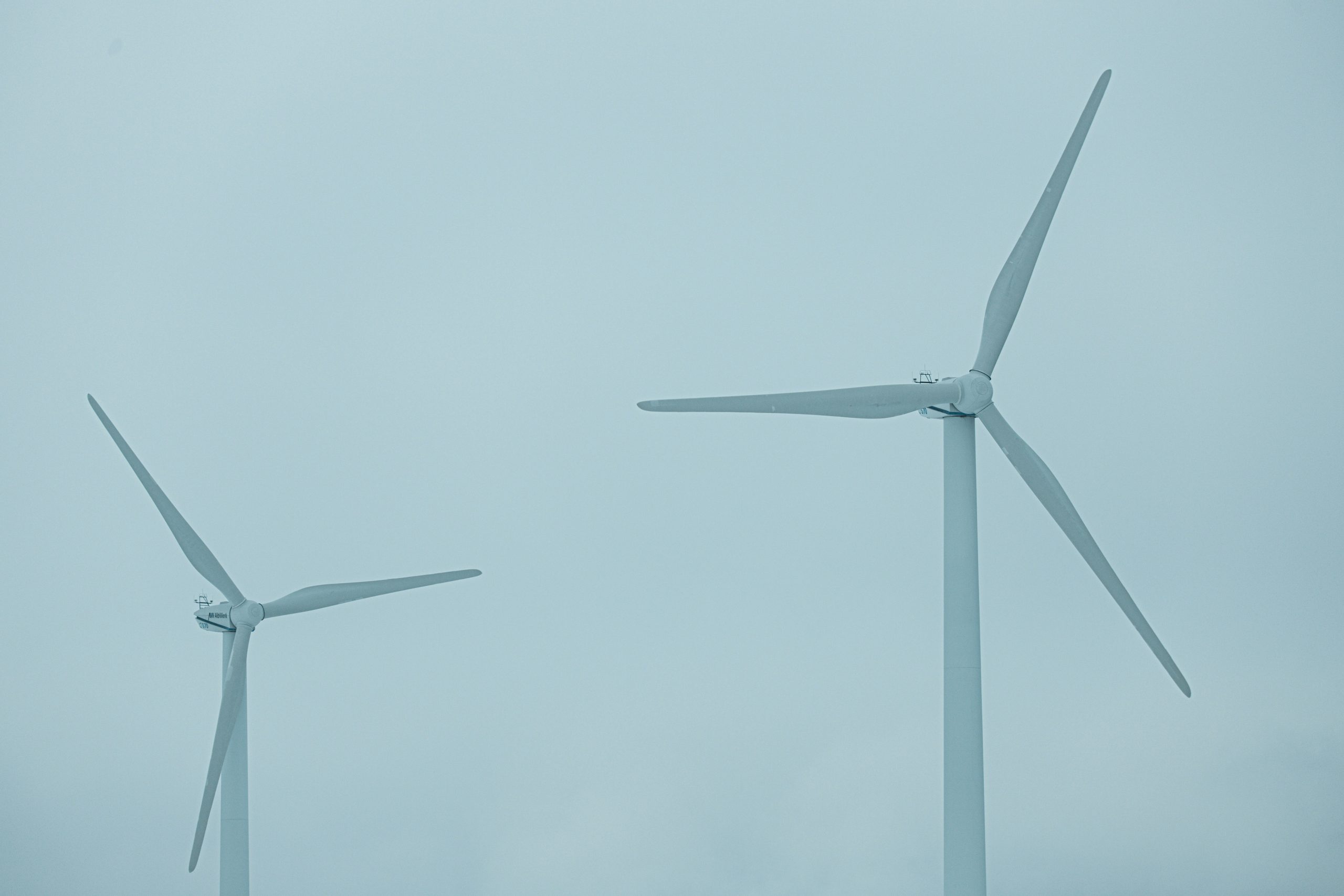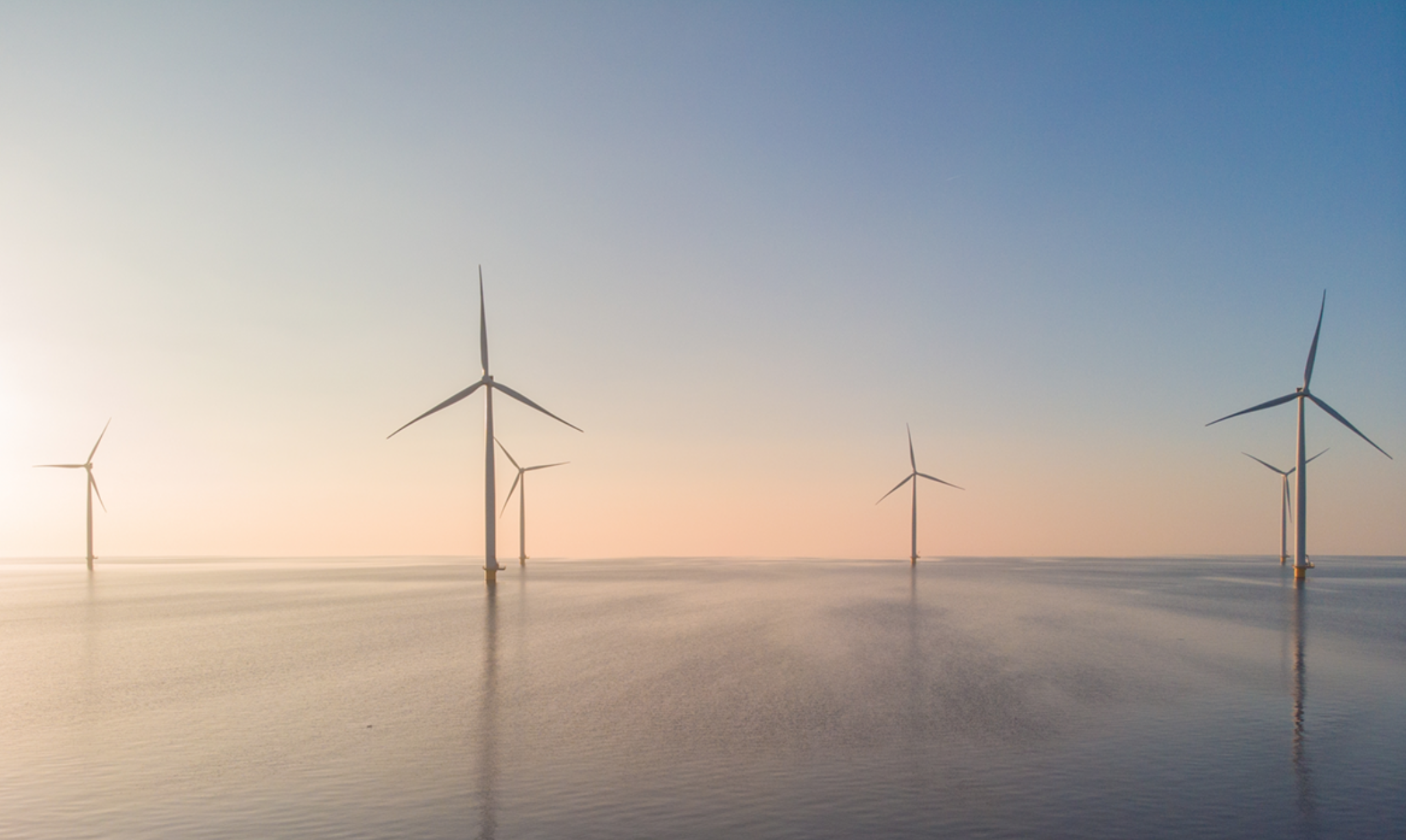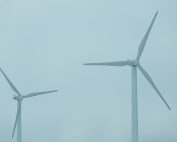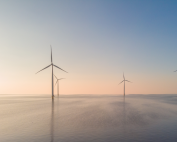Another international conference of the wind energy industry in Bilbao has started today, and BalticWind.EU has become a media partner of the event organized by WindEurope. We are convinced that actors from the Baltic Sea Region can be further activated in the international debate on the future of wind energy in Europe. The voice of the region should be heard even more. How can the Baltic Sea region be more involved in the international discussion on the future of wind energy in Europe? Karina Würtz, Managing Director of German Offshore Wind Energy Foundation, answered BalticWind.EU questions.
The BalticWind.EU platform was established in June 2021, and after almost a year of operation we see insufficient involvement of companies and actors from the countries of the Baltic Sea region in the international discussion about the future of offshore wind energy in Europe. We are referring in particular to Sweden, Finland, Estonia, Latvia, Lithuania, and Poland. Denmark and Germany are already at a very advanced stage, but no wonder – these two countries are among the leaders of offshore wind development in Europe. All countries have ambitious plans to develop wind turbines in the Baltic Sea and the region itself will be the second driving force, after the North Sea, of wind energy development in Europe. The voice of these countries should be heard even more. But how to do it?
Karina Würtz, Managing Director of the German Offshore Wind Energy Foundation (Stiftung OFFSHORE-WINDENERGI), explained that so far, offshore wind projects with a cumulative capacity of close to 3 GW (1 GW in Germany) have been realized in the Baltic Sea, while the North Sea sees well over 22 GW installed capacity (6.6 GW in Germany). This, as well as the overall expected potential, are presumably the main reasons why the discussion has primarily been focused on the North Sea in previous years. Additionally, offshore wind expansion in the North Sea came with strong political support in many of the neighbouring countries such as Denmark, the Netherlands, Belgium, UK, and Germany (at least in the first half of the last decade and again recently), many of them being first movers.
– Yet, the Baltic Sea lacked this broader political support, which triggers action from various stakeholders and affects agenda-setting, for example in (international) associations, for conferences, and in the scientific realm. It also affects the level of media interest. This logic works regardless of the topic and in this case beside the fact that the Baltic Sea has a huge potential as well. The BEMIP study “Study on Baltic Offshore Wind Energy Cooperation under BEMIP” sees a technical potential for 93 GW of offshore wind in the Baltic Sea region, she said.
„We therefore see three major interdependent factors, which are needed to achieve a stronger involvement of the Baltic Sea region in the international discussion on the future of offshore wind energy in Europe”.
Political support & governmental advocacy
Karina emphasized that this is crucial, as outlined above, and already shifting. Some of the Baltic Sea countries – like Poland – are already ramping up their markets or – like Sweden and Lithuania – show high interest in developing offshore wind energy within their sphere of influence. All eight Baltic Sea states and the European Commission have signed the “Baltic Sea Offshore Wind Declaration” to deepen cooperation in the field. This declaration must now be followed by visible action and a broad involvement and support of relevant stakeholders like national and international associations.
A joint vision
The increasing activities should also be guided towards a discussion on a joint vision of the neighbouring countries for an integrated offshore wind and energy system centred around the Baltic Sea – Karina Würtz added. The high focus on the North Sea region is not fuelled by the national expansion targets but also by systemic topics such as a joint European offshore grid or offshore hydrogen production.
„We see a joint effort of political actors and associations, with a lead involvement of WindEurope from associations’ side, as viable”, she said.
Media attention and “marketing” activity
The “lack of public awareness” for the offshore wind potential of the Baltic Sea as well as other “selling points” need to be addressed as they affect the level of attention from political actors again – Karina Würtz explained.
„ Other examples for huge achievements and the innovative potential of the region is the first offshore interconnector, linking Denmark and Germany via two national offshore wind farms, as well as the first-ever expected joint auction by Latvia and Estonia for a 1,000 MW offshore wind site in 2026”.















